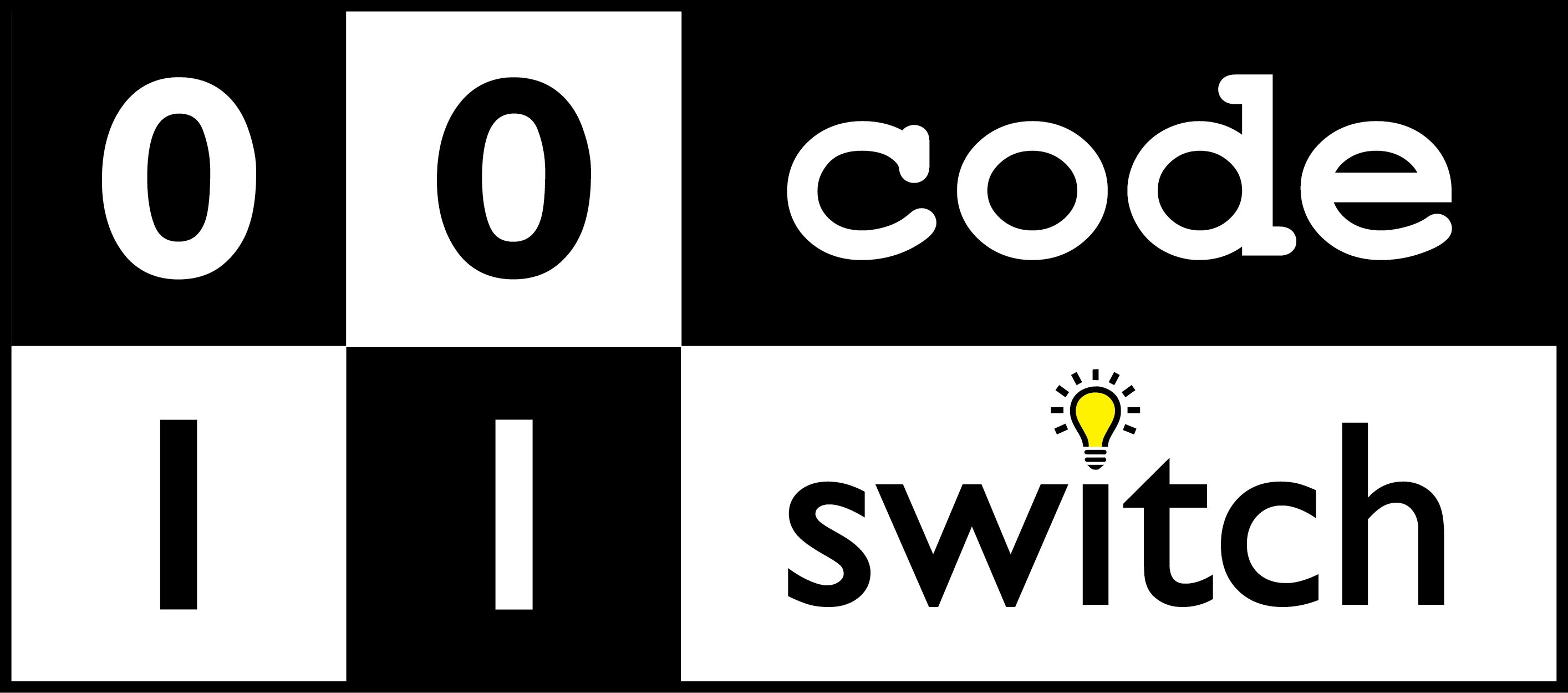Prototype
“Build to think and test to learn.”
WHAT is the Prototype mode
The Prototype mode is the iterative generation of artifacts intended to answer questions that get you closer to your final solution. In the early stages of a project that question may be broad – such as “do my users enjoy cooking in a competitive manner?” In these early stages, you should create low-resolution prototypes that are quick and cheap to make (think minutes and cents) but can elicit useful feedback from users and colleagues. In later stages both your prototype and question may get a little more refined. For example, you may create a later stage prototype for the cooking project that aims to find out: “do my users enjoy cooking with voice commands or visual commands”.
A prototype can be anything that a user can interact with – be it a wall of post-it notes, a gadget you put together, a role-playing activity, or even a storyboard. Ideally you bias toward something a user can experience. Walking someone through a scenario with a storyboard is good, but having them role-play through a physical environment that you have created will likely bring out more emotions and responses from that person.
WHY prototype
- To ideate and problem-solve. Build to think.
- To communicate. If a picture is worth a thousand words, a prototype is worth a thousand pictures.
- To start a conversation. Your interactions with users are often richer when centered around a conversation piece. A prototype is an opportunity to have another, directed conversation with a user.
- To fail quickly and cheaply. Committing as few resources as possible to each idea means less time and money invested up front.
- To test possibilities. Staying low-res allows you to pursue many different ideas without committing to a direction too early on.
- To manage the solution-building process. Identifying a variable also encourages you to break a large problem down into smaller, testable chunks.
HOW to prototype
Start building. Even if you aren’t sure what you’re doing, the act of picking up some materials (post-its, tape, and found objects are a good way to start!) will be enough to get you going.
Don’t spend too long on one prototype. Let go before you find yourself getting too emotionally attached to any one prototype.
ID a variable. Identify what’s being tested with each prototype. A prototype should answer a particular question when tested. That said, don’t be blind to the other tangential understanding you can gain as someone responds to a prototype.
Build with the user in mind. What do you hope to test with the user? What sorts of behavior do you expect? Answering these questions will help focus your prototyping and help you receive meaningful feedback in the testing phase.
